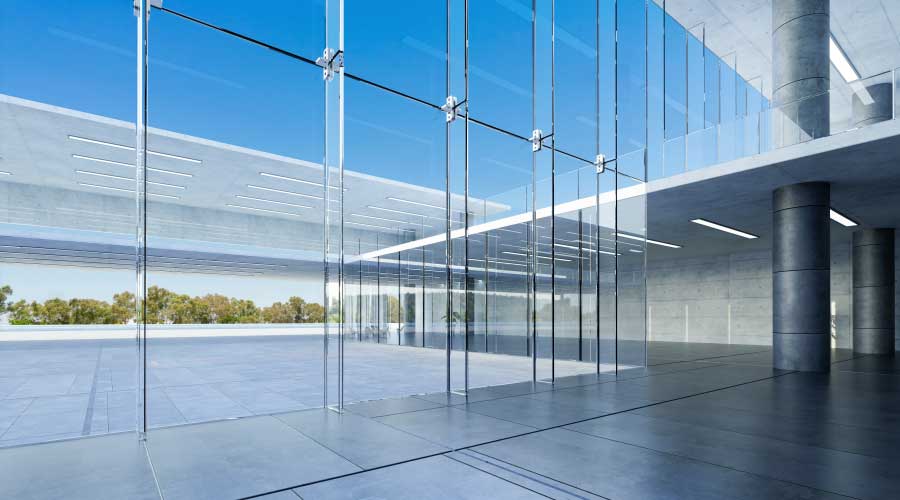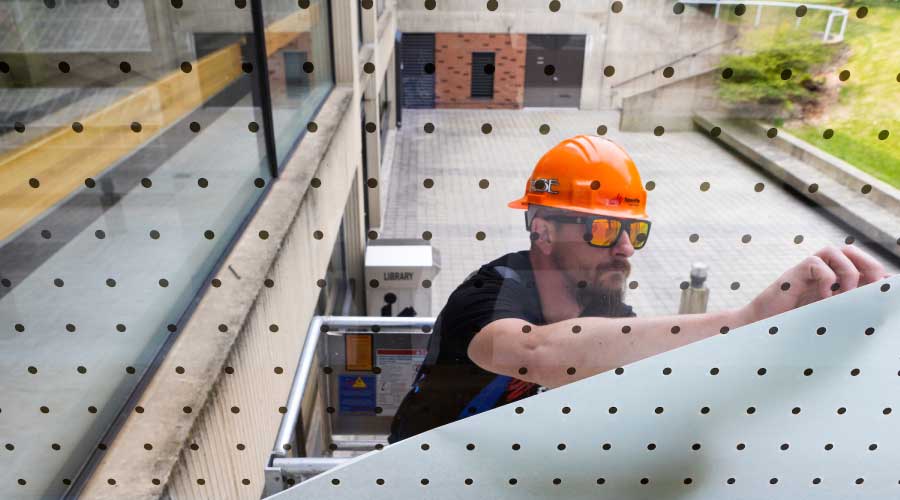Replacing Windows Improves Building Envelope Efficiency
While technicians can conduct a range of maintenance tasks to improve the performance of building envelopes, replacing windows is another strategy for improving the system’s efficiency. Technology advances have significantly increased the R-value of windows, but the overall R-value remains low, compared to an average wall system.
Some recent advances include bar-type thermal breaks and warm-edge, insulated-glass units. Manufacturers have improved the performance of solid-plastic thermal breaks in frames by using two plastic bars separated by an air gap. The air gap is less conductive than the solid plastic. Although insulated-glass units generally are efficient, most of the thermal loss is due to the metal spacer. Manufacturers have helped reduce thermal bridging with composite and plastic spacers.
In some cases, such as single-pane window systems, the energy savings from replacing windows are obvious. But the energy savings and corresponding payback period of replacing existing windows with insulated-glass units are not as obvious. Technicians should perform a system analysis, including an assessment of air leaks, to make those determinations.
Eric J. Seaverson, P.E., is manager of the restoration division with StructureTec — www.structuretec.com — a building envelope consulting firm specializing in the restoration of building envelopes and roofs.
Related Topics:














